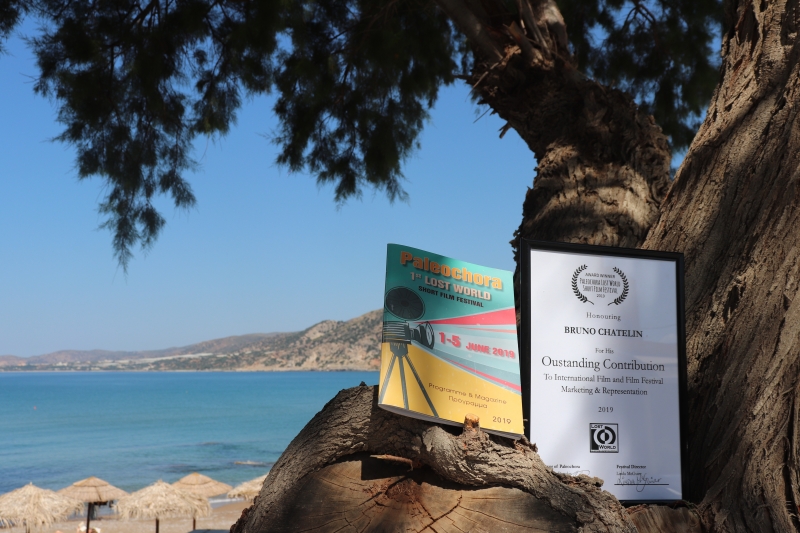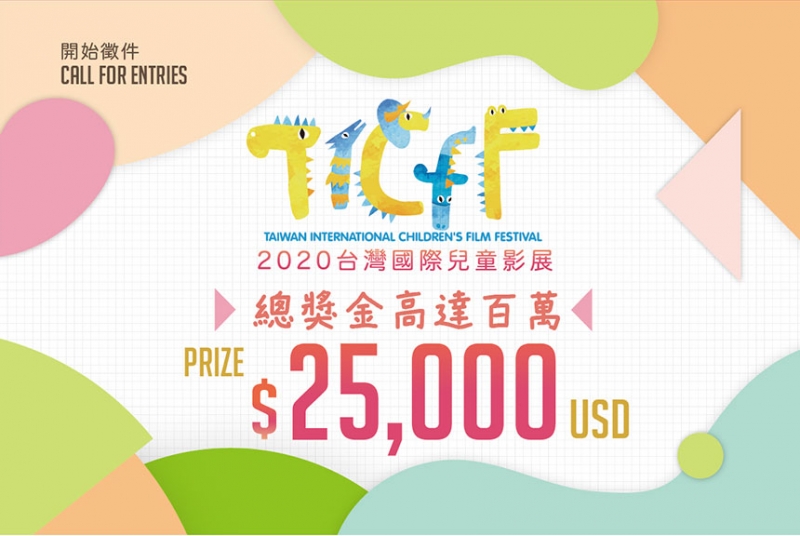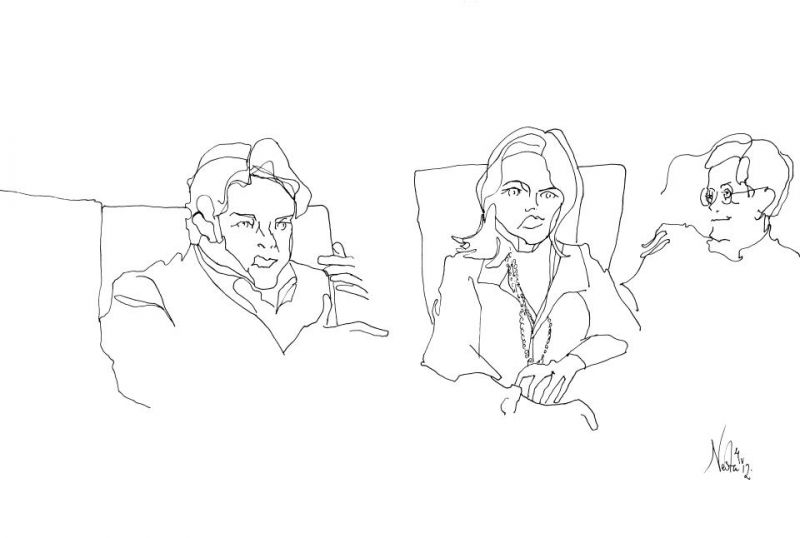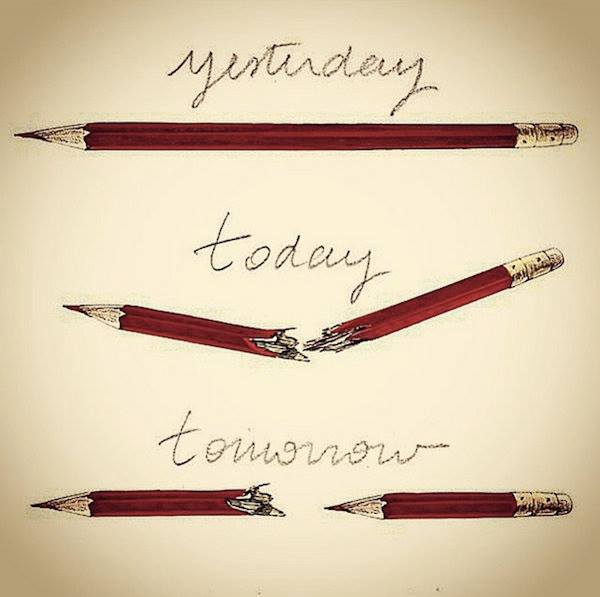Super-Resolution Technology Makes History at Prestigious International Film Festival
Sounds, the first-ever movie produced with Super-Resolution Technology, came home with multiple awards in several categories at the recently completed WorldFest International Film Festival, including the highest score in the New Technology category.
Competing against more than 500 other full-length feature independent films submitted to the 41st annual WorldFest, Sounds won a total of three of the prestigious Remi Awards in the “Best Picture” categories including:
Science-Fiction: Gold
New Technology: Gold
Low Budget: Silver
In addition to the awards, Sounds also made history at WorldFest (www.worldfest.org) by premiering the first-ever use of Super-Resolution Technology in a feature-length film. Sounds creator Ryan Humphries of Grass Valley, California, partnered with Dallas-based Topaz Labs LLC (www.topazlabs.com) to demonstrate its Super-Resolution Technology (SRT) previously unheard of in the film industry.
Winning three Remi Awards places Humphires in a select club of notable filmmakers who captured WorldFest honors early in their careers. Past recipients of the Remi Award include Steven Spielberg, George Lucas, The Coen Brothers and other Hollywood legends.
Sounds is also the first-ever film to have been submitted to WorldFest in the Blu-ray disc format and first-ever to premiere at an AMC Theater in Blu-ray. Sounds is setting many historical firsts in the independent film industry and is already developing a list of producers who are wanting this Super-Resolution Technology incorporated into their films.
“Winning the Remi Awards is an awesome thrill for me and all of those who helped make this film a reality,” said Humphries. “I also am honored to working with Topaz Labs to let the world -- especially other filmmakers -- know about this exciting new enhancement technology.”
Until now, SRT has primarily been used by spy satellites, the military, the CIA, a few high-tech forensic labs and U.S. law enforcement agencies. Topaz Labs will be the first to develop and introduce Super-Resolution Technology (SRT) to the film industry.
Topaz Labs is a technology and software company founded by Dr. Feng Yang, holder of five U.S. patents in video and audio enhancement technology. Topaz designs unique ways to improve video quality resulting in a series of proprietary video enhancement algorithms based on “super-resolution” technology. Radically more effective than typical scaling-based editing programs using so-called video enhancement features, this revolutionary technology carefully extracts image information from multiple adjacent video frames and combines them to re-synthesize video signals at much higher resolutions.
With the sci-fi comedy Sounds, Topaz has developed sophisticated SRT software that gives producers of independent films the ability to enhance the resolution of any finished movie.
The SRT software from Topaz empowers producers to bump-up their standard definition shot film to hi-def, or even hi-def to digital film of 4,000 pixels. SRT similarly parallels the difference in quality Blu-ray has achieved over standard DVD and compliments Blu-ray in a number of ways, providing greater marketing and revenue possibilities for film producers worldwide.
“If you shot a movie in standard definition, which is generally 720 x 480, you can process it with our SRT software and the finished product is a high-definition quality 1920 x 1080 version of the movie,” Yang said. “There are a lot of TV shows that were shot in film and can now, with Super-Resolution Technology, be made to have much better image quality.”
“The discovery of true SRT from Topaz is exactly what I and other filmmakers need,” Humphries said. “The term Super-Resolution Technology has been used before to describe the process of interpolating and smoothing pixels during image enlargement, which isn’t super-resolution at all to me. The Topaz technology uses a whole new approach to achieve super-resolution enhancement. It synthesizes missing data to achieve a high-resolution image from a smaller source, pulling information from multiple channels and frames all at once. You get a much better result than the other so-called SRT methods.”
Sounds was also featured at the recent National Association of Broadcasters conference where Topaz Labs promoted the technology by showing “Before” and “After” clips from the movie. Stunningly detailed movie frames can be viewed on the SRT demo web page at http://www.soundsthemovie.com/srtdemo.htm.
 Chatelin Bruno
Chatelin Bruno 


























